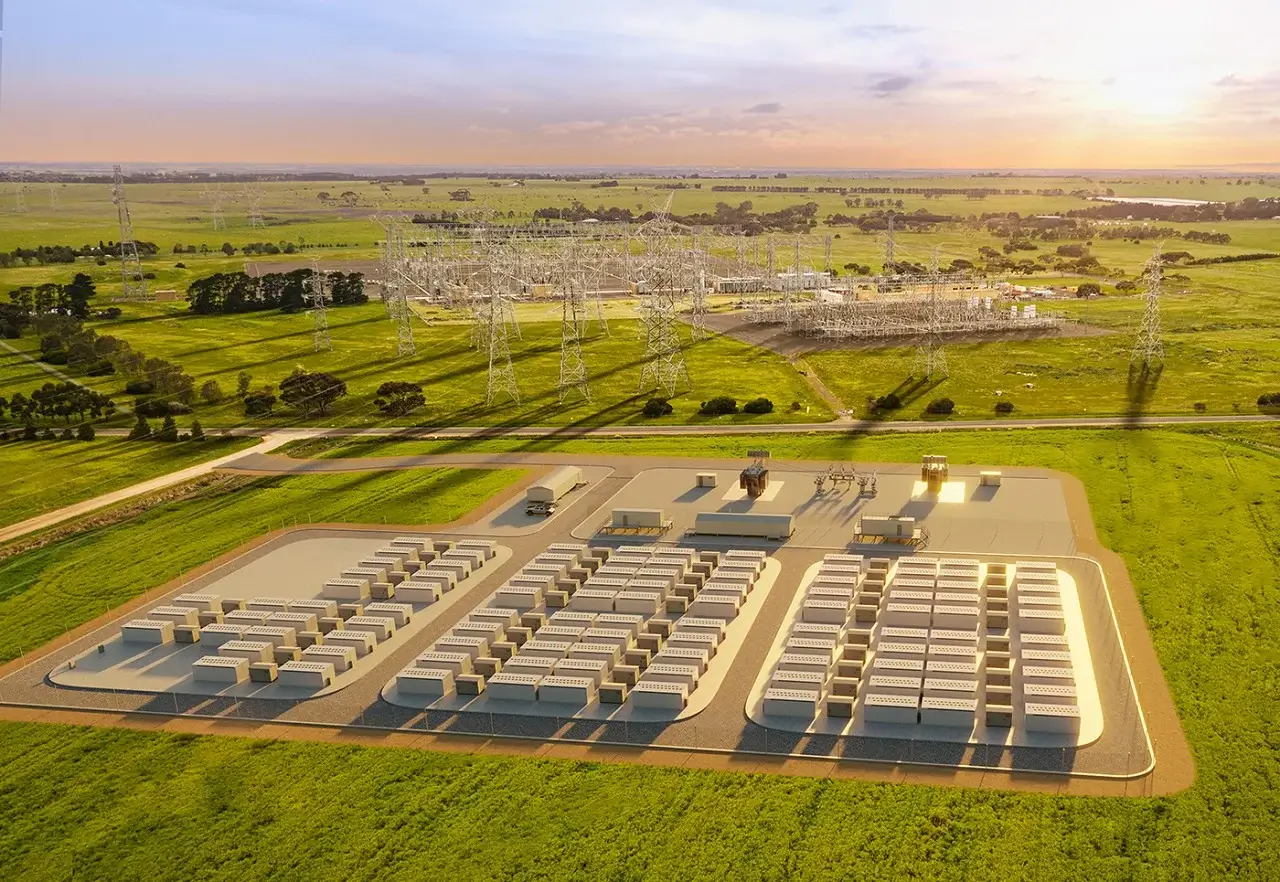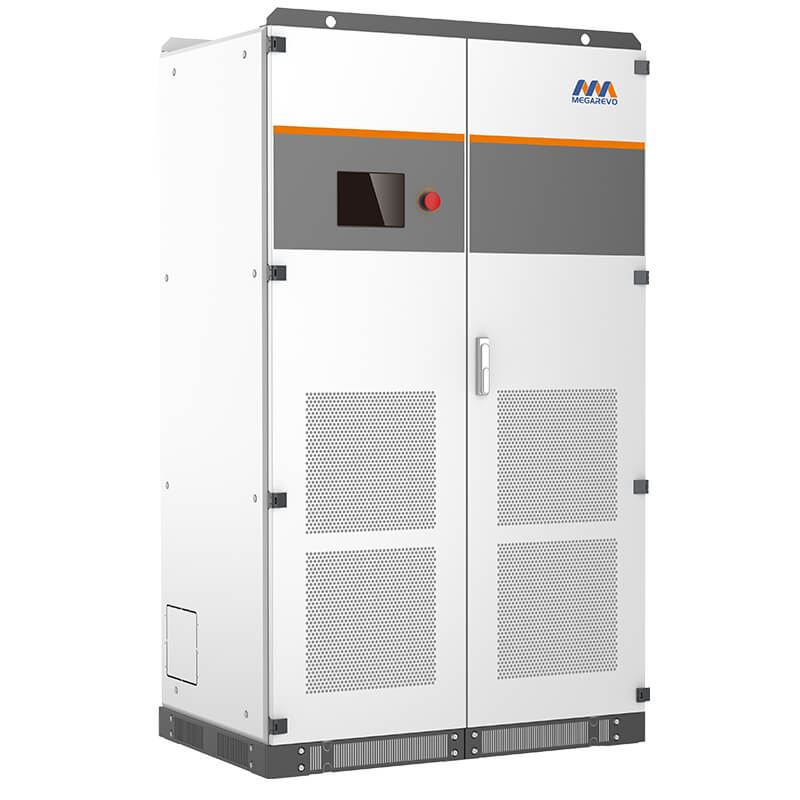- Key Components of Battery Energy Storage Systems
- Design Considerations for Battery Energy Storage Systems
- Benefits of Proper Design in Battery Energy Storage Systems
- Conclusion
Battery Energy Storage System Design is pivotal in the shift towards renewable energy, ensuring efficient storage of surplus energy for high-demand periods. This article delves into the essential components, design nuances, and the advantages of a well-constructed BESS.
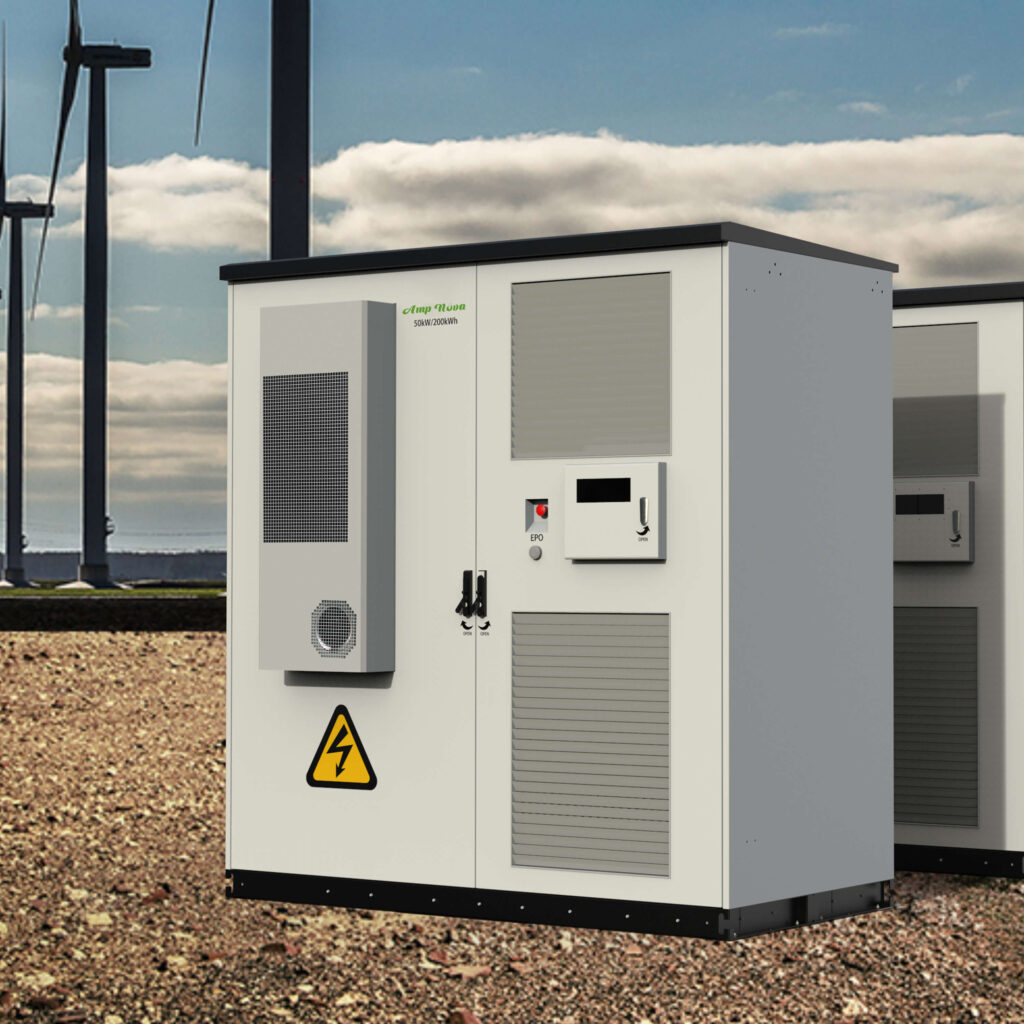
Battery energy storage systems (BESS) have gained significant attention in recent years as a crucial component in the transition to renewable energy sources. These systems play a vital role in storing excess energy generated from renewable sources and providing it back to the grid when demand is high. However, designing an effective battery energy storage system requires careful consideration of several key components and factors. In this article, we will delve into the intricacies of BESS design, its components, design considerations, and the benefits of proper design.
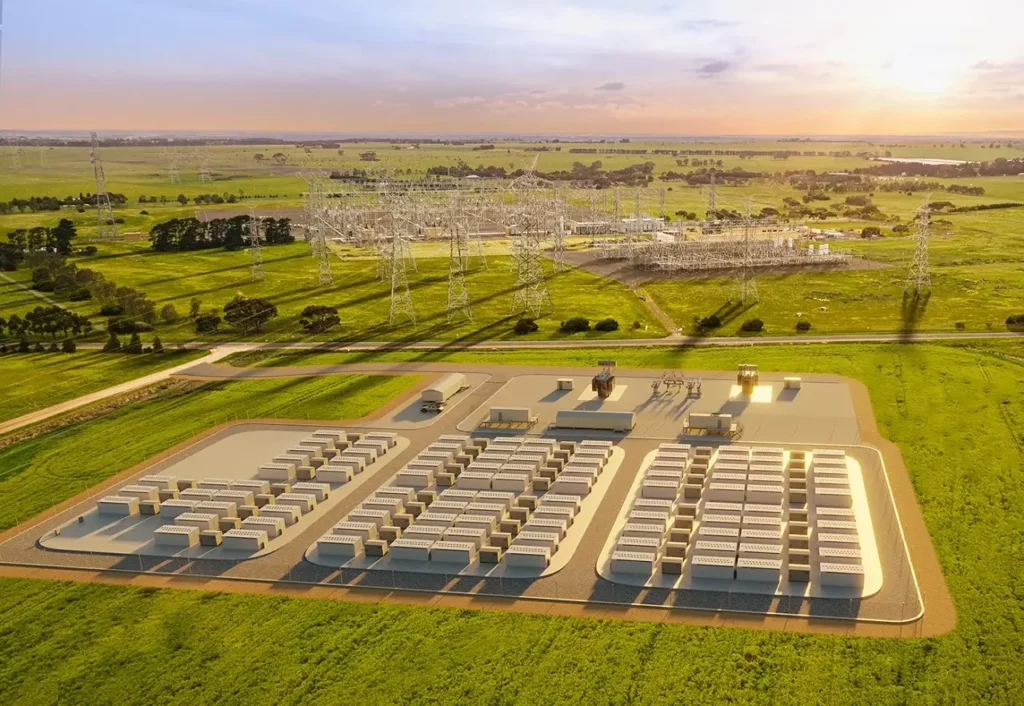
Contents
Key Components of Battery Energy Storage Systems
A battery energy storage system consists of several essential components that work together to store, manage, and deliver electricity. These components include:
- Battery Cells/Modules: These are the primary components that store energy. The type of battery (e.g., lithium-ion, lead-acid, flow battery, etc.) determines its energy density, cycle life, and other performance characteristics.
- Battery Management System (BMS): This is an electronic system that manages the battery pack, ensuring optimal performance and safety. It monitors and controls various parameters like voltage, current, temperature, and state of charge (SoC). The BMS also provides protection against overcharging, over-discharging, overheating, and other potentially harmful conditions.
- Power Conversion System (PCS): This includes inverters and converters that change the electrical characteristics of the energy. For instance, they can convert DC (direct current) from the battery to AC (alternating current) for grid connection or vice versa.
- Thermal Management System: Batteries can generate heat during charging and discharging. A thermal management system ensures that the battery operates within a safe temperature range, using cooling mechanisms like fans, liquid cooling, or phase-change materials.
- Energy Management System (EMS): This is a higher-level control system that optimizes the operation of the BESS based on various factors like grid demand, electricity prices, and state of charge. It can also integrate the BESS with other energy resources like solar or wind.
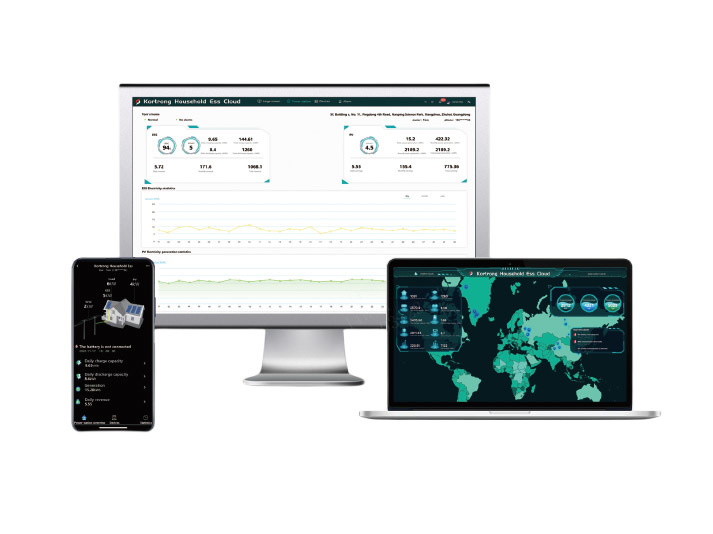
- Safety Systems: These include fire suppression systems, ventilation, and containment structures to ensure safe operation and to mitigate risks in case of failures or malfunctions.
- Enclosures and Racks: These are physical structures that hold and protect the battery modules and other components. They can be designed for various installations, from small residential systems to large utility-scale deployments.
- Switchgear and Protection Devices: These components ensure that the BESS can be safely connected to or isolated from the grid. They protect the system from faults and provide safe operational control.
- Sensors and Monitoring Systems: These systems continuously monitor the performance and health of the BESS, providing data to the BMS and EMS for optimal operation and maintenance.
- Communication Systems: These allow the BESS to interface with the grid, other energy resources, and control centers. They enable remote monitoring, control, and diagnostics.
- Auxiliary Systems: These can include backup power supplies, lighting, and other support systems required for the operation and maintenance of the BESS.
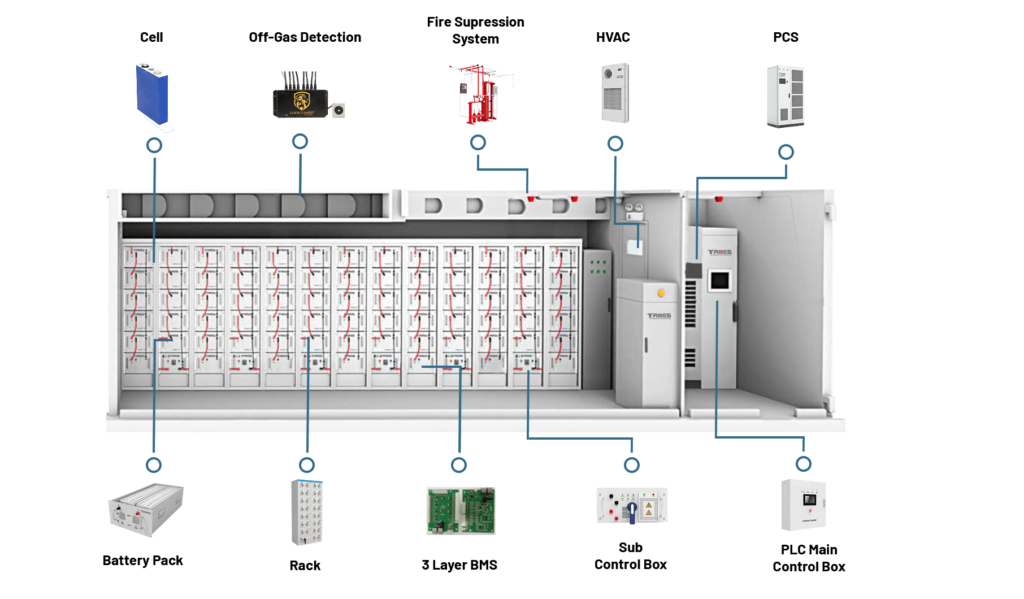
Considerations for Battery Energy Storage System Design
Designing a battery energy storage system involves careful consideration of several factors to ensure optimal performance, longevity, and safety. Here are some crucial design considerations:
- Energy storage capacity: Determining the appropriate energy storage capacity is essential to meet the specific requirements of the application. Factors such as peak demand, expected duration of backup power, and available renewable energy generation must be considered.
- System voltage and power rating: The system voltage and power rating must align with the grid voltage and the power output requirements. Proper sizing ensures compatibility with the existing infrastructure and allows the BESS to support the desired load.
- Battery technology selection: Choosing the right battery technology is critical as it directly impacts the system’s performance, efficiency, and overall cost. Factors to consider include cycle life, operational temperature range, energy density, and maintenance requirements.
- Integration with renewable energy sources: In many cases, BESS is integrated with renewable energy sources like solar or wind power. Coordinating the battery storage system with the intermittent nature of renewable energy generation is essential to ensure a stable and reliable power supply.
- Environmental conditions and site considerations: The location and environmental conditions can significantly affect the performance and lifespan of a battery energy storage system. Factors such as temperature, humidity, ventilation, and physical space availability must be evaluated during the design process.
- Safety protocols and regulatory compliance: Designing a BESS involves implementing proper safety protocols and adhering to regulatory requirements. This includes assessing fire safety measures, emergency shutdown systems, and compliance with industry standards and codes.
Benefits of Proper Design in Battery Energy Storage Systems
A well-designed battery energy storage system offers numerous benefits that contribute to its overall effectiveness and long-term viability. Some key benefits include:
- Increased reliability and grid stability: By storing excess energy during periods of low demand and supplying it during high-demand periods, BESS helps maintain grid stability, thereby reducing stress on the grid infrastructure.
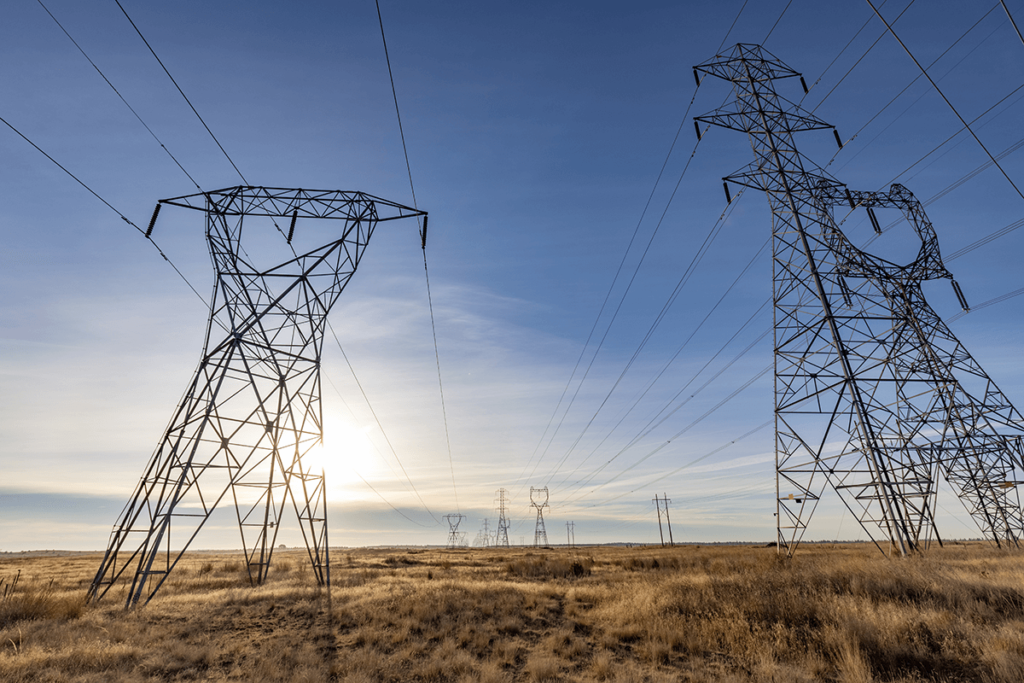
- Enhanced renewable energy integration: BESS plays a crucial role in mitigating the intermittency issue associated with renewable energy sources. By storing excess renewable energy, BESS ensures that the electricity generated is available for use when needed.
- Demand response and peak shaving: Battery energy storage systems can respond quickly to peak demand situations, helping utilities manage fluctuations and reduce the need for expensive peaker plants. By smoothing out demand spikes, BESS contributes to optimized grid operations and cost savings.
- Improved energy efficiency and cost savings: BESS allows for efficient utilization of renewable energy resources and reduces the dependency on fossil fuel-based power generation during peak periods. This leads to cost savings and a lower carbon footprint.
- Resilience and backup power: With the ability to provide backup power during grid outages, BESS helps improve the resilience of critical infrastructure, such as hospitals, data centers, and residential homes. This ensures an uninterrupted power supply and enhances overall system reliability.
Conclusion
In conclusion, designing an effective battery energy storage system requires careful consideration of various key components and factors. By selecting the right battery technology, and size, and integrating with renewable energy sources, a well-designed BESS can enhance grid stability, increase renewable energy integration, and provide cost savings. Furthermore, adherence to safety protocols and regulatory compliance is essential for ensuring the safe and reliable operation of these systems. As we continue to shift towards a more sustainable energy future, the role of battery energy storage system design becomes increasingly critical.
FAQ
- How to design a battery energy storage system?
- Designing a battery energy storage system (BESS) requires a comprehensive understanding of the energy needs it will serve. Start by assessing the load profile, peak demand periods, and the intended application (e.g., grid support, backup power). Choose the appropriate battery technology (like Li-ion, lead-acid, or flow batteries) based on energy density, cycle life, and cost considerations. Integrate with the necessary power electronics, including inverters and controllers, and ensure safety mechanisms, cooling systems, and monitoring tools are in place.
- What is the structure of the battery storage system?
- The structure of a BESS typically comprises battery modules (cells grouped together), power electronics (inverters, converters, and controllers), a thermal management system, safety devices (like circuit breakers and fire suppression systems), and a monitoring and control system.
- What are the main components of battery energy storage system?
- The main components include:
- Battery Modules/Cells: The primary energy storage units.
- Power Electronics: Devices like inverters and converters that manage the flow of electrical energy.
- Battery Management System (BMS): Monitors and manages battery health, state of charge, and other vital parameters.
- Thermal Management System: Ensures optimal operating temperatures for the batteries.
- Safety Devices: Circuit breakers, fuses, and fire suppression systems.
- Monitoring and Control System: Provides real-time data and control capabilities.
- The main components include:
- How does a battery energy storage system work?
- A BESS stores electrical energy in the form of chemical energy within the battery cells during charging. When discharging, the stored chemical energy is converted back into electrical energy to be supplied to the grid or load. The power electronics manage this flow, while the BMS ensures the battery operates within safe parameters.
- How does battery storage work without solar?
- While often paired with solar, BESS can operate independently. Without solar, a BESS can be charged using grid electricity or other energy sources. It can then discharge stored energy during peak demand periods, power outages, or when electricity prices are high, providing grid stability, backup power, and cost savings.
- What is the difference between a battery and an energy storage system?
- A battery is a device that stores energy in a chemical form and can release it as electrical energy. An energy storage system, on the other hand, is a broader term that encompasses not only the battery but also all associated components like power electronics, BMS, and other infrastructure. While a battery is the core component, an energy storage system refers to the entire setup that allows for the efficient and safe storage and release of energy.
Want to dive deep into the world of Battery Energy Storage Systems? Submit the form now and receive the ultimate guide on BESS! Don’t miss out on this opportunity to stay ahead in knowledge!
